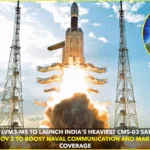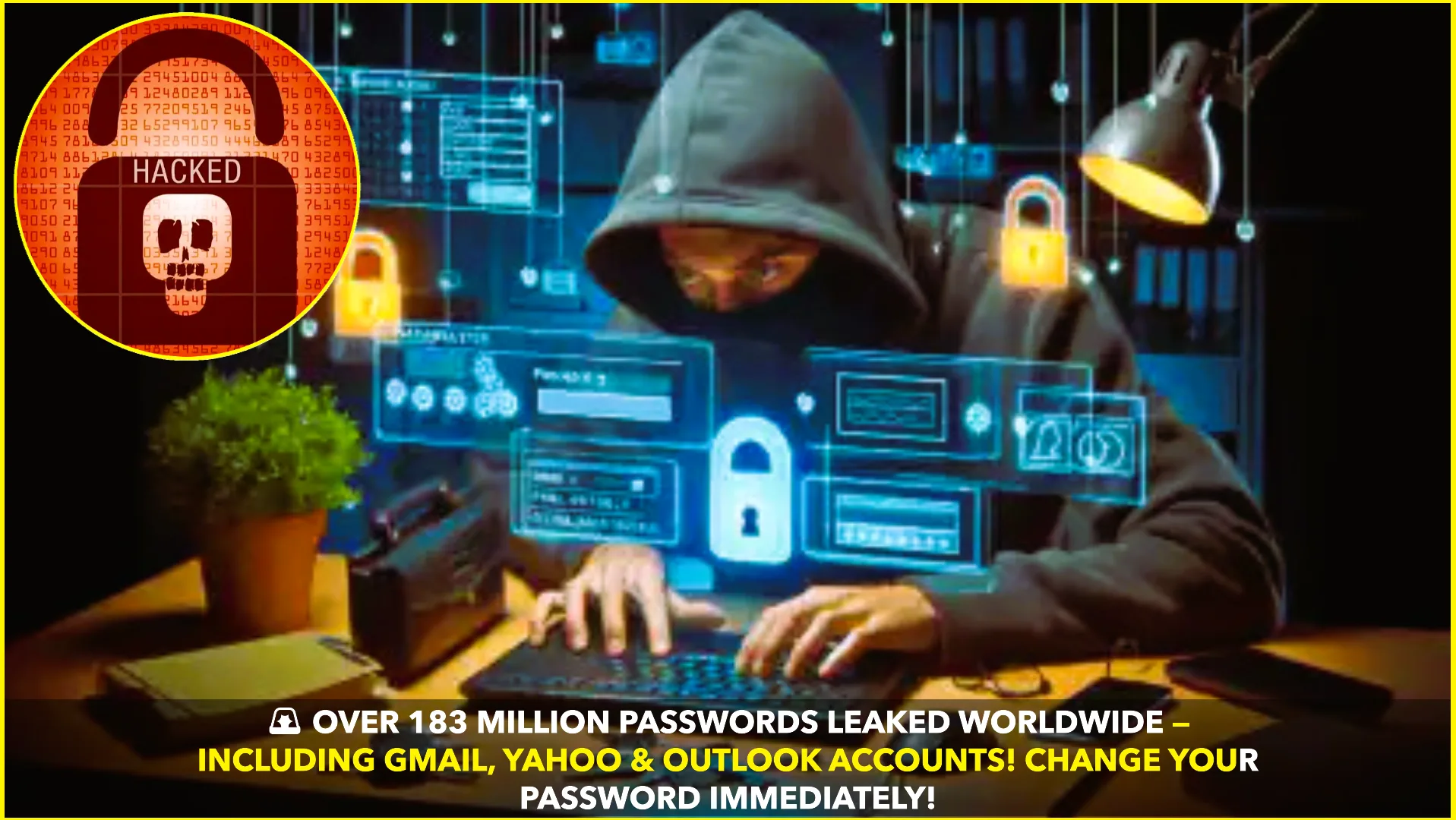In a significant development for quantum communication security, quantum researcher Alexander Miller has identified a critical timing flaw in China’s Micius quantum satellite. This flaw could potentially allow attackers to exploit side-channel vulnerabilities, undermining the security of encrypted data transmitted via the satellite.
Micius, launched in 2016, is the world’s first quantum communication satellite and has been pivotal in demonstrating the feasibility of quantum key distribution (QKD) over long distances. The satellite employs the decoy-state BB84 protocol, which is designed to detect eavesdropping attempts by introducing decoy photons alongside signal photons. However, Miller’s recent analysis reveals that the implementation of this protocol on Micius may not be as secure as previously thought.MDPI+2arXiv+2Engineering.com+2
In his study, Miller examined the timing synchronization of the satellite’s eight semiconductor lasers, which are responsible for generating the polarized photons used in QKD. He discovered that these lasers exhibit desynchronization exceeding 100 picoseconds, with some discrepancies reaching up to 300 picoseconds. Given that the pulse duration is approximately 200 picoseconds, such timing mismatches are significant. This desynchronization allows an attacker with advanced equipment to distinguish between signal and decoy photons based on their arrival times in 98.7% of cases, effectively compromising the intended security of the QKD protocol. arXiv
While this vulnerability does not directly break the quantum encryption itself, it exposes a hardware weakness that could be exploited through side-channel attacks. Side-channel attacks target the physical implementation of a system rather than its theoretical design, and in this case, the timing discrepancies provide a potential avenue for such exploitation.
Miller suggests several countermeasures to address this issue. These include improving the synchronization of the laser diodes, implementing active timing calibration systems, and enhancing ground-based control mechanisms to monitor and adjust the timing in real-time. Such measures could mitigate the risk posed by the identified timing flaw and strengthen the overall security of satellite-based quantum communication systems.
The discovery underscores the importance of considering practical implementation details in the development and deployment of quantum communication technologies. While the theoretical foundations of QKD offer robust security guarantees, real-world applications must account for hardware imperfections and potential side-channel vulnerabilities.MDPI+4arXiv+4Reddit+4
China’s Micius satellite has been at the forefront of quantum communication research, achieving milestones such as satellite-to-ground QKD over distances exceeding 1,200 kilometers and intercontinental quantum communication between Beijing and Vienna. The identification of this timing flaw serves as a reminder that even pioneering systems require continuous evaluation and improvement to maintain their security integrity.Engineering.com+1Reddit+1
As quantum communication technologies continue to evolve, addressing hardware vulnerabilities like the one identified in Micius will be crucial. Ensuring the security of quantum networks will depend not only on the strength of their theoretical protocols but also on the robustness of their physical implementations.
Miller’s findings contribute valuable insights into the challenges of securing quantum communication systems and highlight the need for ongoing research and development to safeguard against emerging threats.










